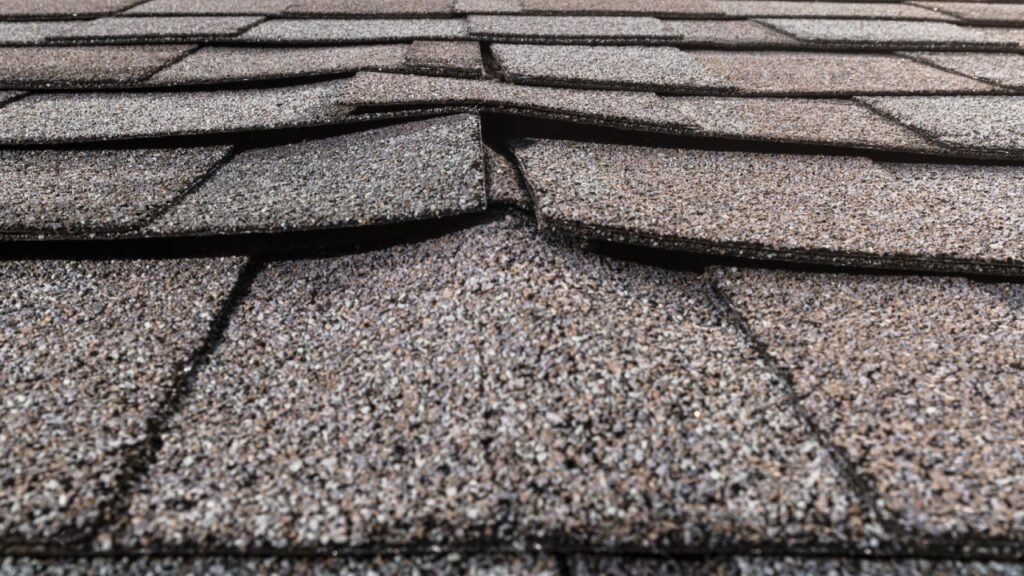Homeowners insurance covers roof damage from sudden events like storms, fire, or falling debris. It doesn’t cover wear, neglect, or poor maintenance. Leaks are only covered if caused by a listed peril. Older roofs (15–20+ years) get reduced payouts based on depreciation.
What types of roof damage does homeowners insurance cover?
Homeowners insurance typically covers roof damage that results from sudden, accidental events. These are known as “covered perils,” and they include natural disasters or incidents beyond a homeowner’s control. Most HO-3 policies include your roof under the dwelling protection category.
Covered roof damage scenarios
- Windstorms, hail, or fire that compromise the structure
- Falling trees or debris during storms
If a covered peril damages your roof, insurance may pay for both roof repair or replacement and interior damage such as ceilings, walls, or flooring.
Documentation is key take photos and get a professional assessment from storm damage and restoration teams to support your claim.
What types of roof damage are not covered by insurance?
Roof damage caused by long-term wear, neglect, or faulty installation is not covered by most policies.
Common exclusions
- Aging and wear: Cracked or curling shingles, faded granules
- Improper maintenance: Moss buildup, clogged gutters
- Pest and vermin damage
These exclusions exist because insurance is meant to protect against sudden risks, not predictable deterioration. If you haven’t maintained your roof, your claim is likely to be denied. In such cases, roof damage repair may be needed out-of-pocket.
Does homeowners insurance cover roof leaks?
Yes, but only when the leak results from a covered peril like hail, wind, or falling debris.
Interior water damage like soaked insulation or ruined drywall—may be covered even if the roof isn’t, depending on how the damage occurred. However, leaks due to poor upkeep, clogged gutters, or old shingles are typically excluded.
If you discover a sudden leak after a storm, act fast by documenting the area and calling emergency roof leak repair
Will insurance cover a 20-year-old roof?
Coverage for a 20-year-old roof is usually limited and may be reimbursed based on actual cash value (ACV), not full replacement cost.
Most insurers depreciate roofs that are 15–20 years or older, meaning the payout will reflect the roof’s reduced lifespan. For example, a 20-year-old roof with a 25-year lifespan may only be valued at $2,400–$3,600, not the original installation cost of $12,000.
Policies also vary by region some require inspection reports to continue coverage for older roofs.
How to get insurance to pay for roof replacement
Getting insurance to cover roof replacement requires evidence, quick action, and clear documentation.
What to do after damage
- Take before-and-after photos
- Hire a roofing contractor for an inspection report
File the claim promptly usually within 30–60 days and provide all requested materials to your insurer. Working with professionals like roof inspections helps validate the damage for adjusters.
Tips to improve claim approval chances
Roof claims succeed when you prove the issue was not preventable and falls under a covered event.
Best practices
- Maintain your roof with seasonal checks and gutter cleanings
- Keep records of repairs, inspections, and warranties
- Use licensed contractors and avoid undocumented work
Review your policy for roof-specific deductibles and regional clauses, especially if you live in a hurricane or hail-prone area. Need help before or after damage? Residential roof repair providers can help you meet coverage standards.
FAQs about home insurance and roof coverage
Does insurance cover shingles blown off by wind?
Yes, if wind is listed as a covered peril. Document the damage and file the claim immediately.
Is cosmetic damage to a roof covered?
No. Superficial issues like dents or stains are not covered unless they compromise performance.
What should I do after discovering roof damage?
Take photos, contact a roofer, and file a claim. Prevent further damage with a tarp if needed.
Will insurance cover a full roof replacement?
Sometimes. If damage is widespread and due to a covered peril, full replacement may be approved.
What happens if I have a 20+ year-old roof?
Your insurer may only pay actual cash value, or may exclude the roof entirely depending on its condition.For a reliable breakdown of roof coverage scenarios, read this Investopedia guide.

